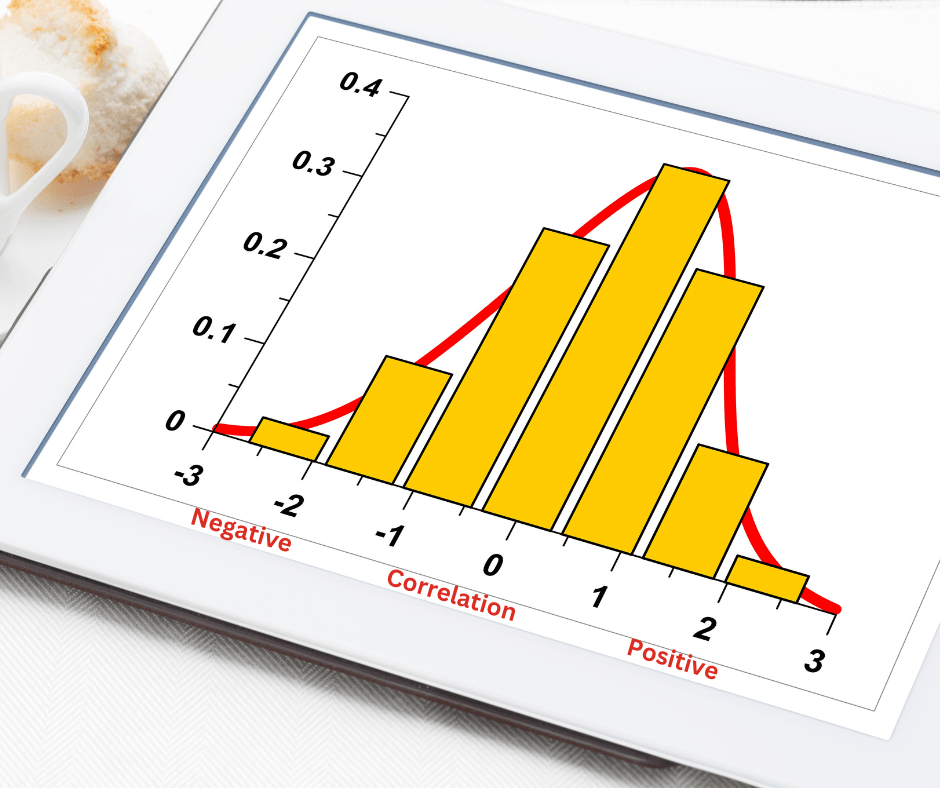Artificial intelligence: Usages and Types
Artificial intelligence (AI) is a term used in various ways by experts from different disciplines, such as mathematicians, computer programmers, and information and communication experts. AI has no single, widely recognized definition. According to Hilker (1986, p. 15), AI is a branch of computer science that focuses on the ability of computers to perform intelligent […]









